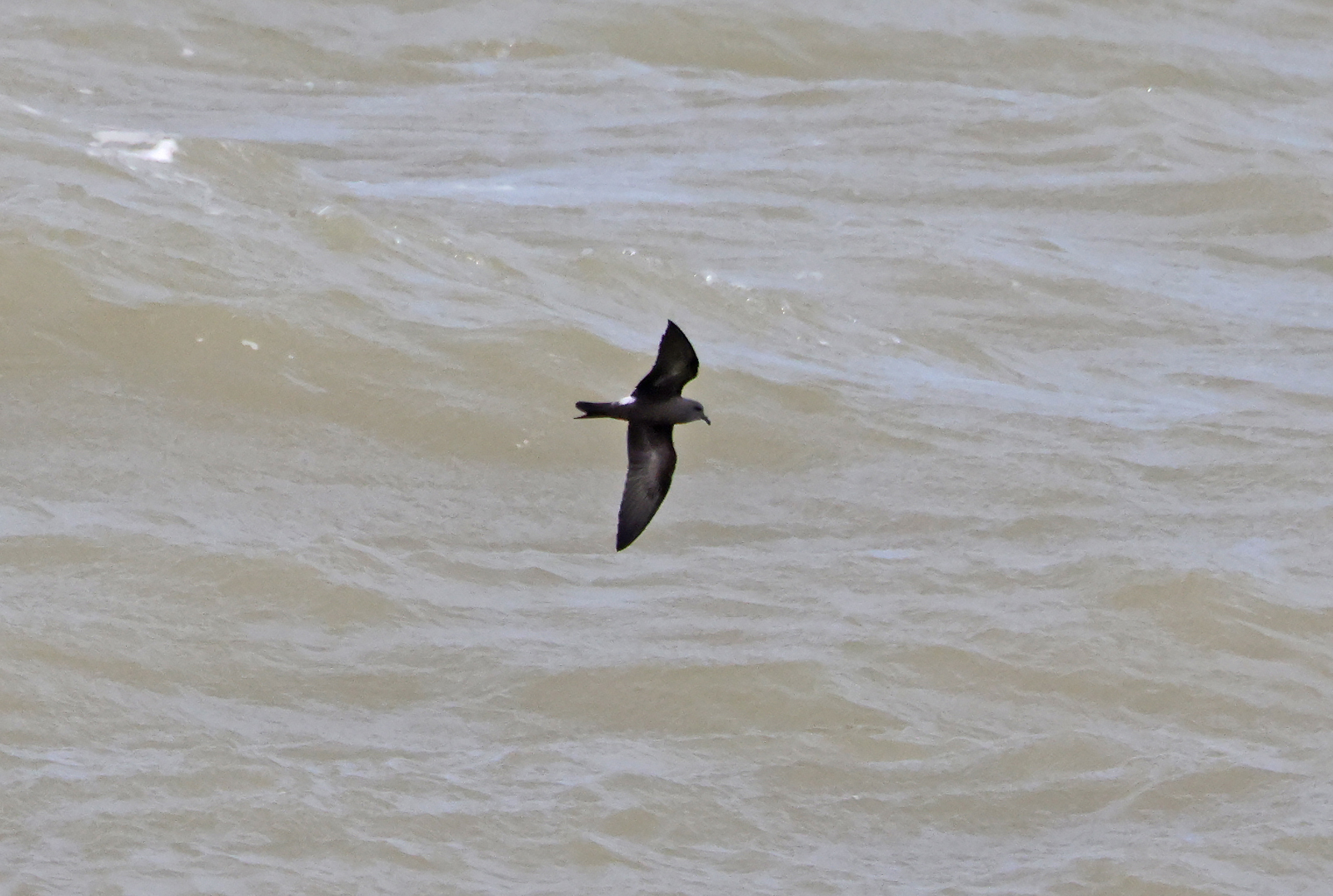Juvenile Sparrowhawk, this bird came in off the sea and landed on the beach in front the hide, it looks like it has a British ring on but I am unable to read it, it could even be a Dungeness bird that had been hunting tired migrants out at sea in the same way Merlins and Peregrines do.
This mornings sea watch was a vast improvement to the last few days, though I'm sure it will get better as month goes on.
8.00-09.15
Gadwall: 10E
Common Scoter: 11W 4E
Great-crested Grebe: 1W 1E
Kittiwake: 13W
Little Gull: 3W
Mediterranean Gull: 26W
Sandwich Tern: 25W
Great Skua: 1W
Arctic Skua: 5W 1E 1 present
Guillemot: 8W 1E
Razorbill: 41W
Auk sp: 309W
Red-throated Diver: 2W
Gannet: 222W 6E
Cormorant: Present n/c
Merlin: 1 in off
Sparrowhawk 1 in off
Peregrine: 1 in off
Swallow: 11 out
Meadow Pipit: 8 out
Wheatear: 1 in front of hide
Juvenile Wheatear on the beach in front of the sea watch hide
Juvenile Pallid Harrier hunting over Lydd Fields
I'd just finished sorting through my moth traps after the sea watch when a message from Richard via the local WhatsApp that a Ring-tail Harrier was heading south over the ARC, moments later another message from James that the bird was over the top of the Long Pits, followed quickly by another message that it was heading back to the ARC, then another message from Richard that it was heading towards the airport, by this time I was already in my driveway frantically scanning the fields, then it came into view albeit very distantly hunting the fields opposite Cockles Bridge, even from this distant view I could tell that it was a Pallid/Montys Harrier, I put the news out, then drove to Cockles Bridge, in the couple of minutes it took me to get there the bird had disappeared. I then moved onto Boulderwall for a more panoramic view, in the mean time Owen, John, Richard and James had arrived at Cockles Bridge and saw it drop into a Kale field at the back of Hookers by the track to Lydd, we made our way there, after walking a short distance up the track the bird came out of the field, giving great views and photographic opportunities to clinch the ID as juvenile Pallid Harrier.
























































